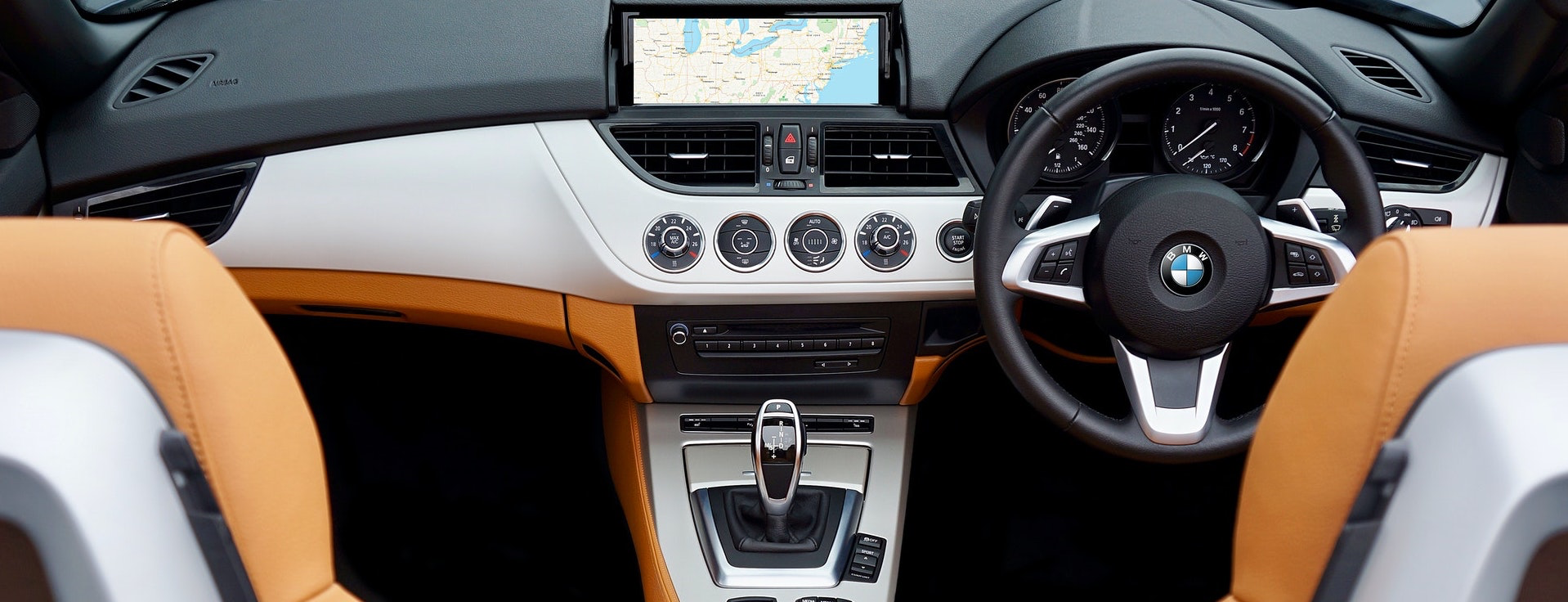
Software as a service (“SaaS”) has exploded in popularity over the last five years, propelled by the Covid-19 pandemic where many business operations were streamlined and replaced by external, third-party software providers. But SaaS in cars? While software updates for software-enabled cars are nothing new – think Tesla’s boasts of improving its already obnoxiously fast 0-60 with a software patch – having to pay for an in-built feature is not something most drivers are accustomed to. Enter, BMW.
The German car giant has recently announced its plans to introduce a subscription service for its heated seats if they weren’t a paid-for option upon purchase. This means that for drivers who got their heated seats second hand or as part of part of the total car package can now look forward to paying either £15 per month, £150 a year, £250 for three years, or £350 for “unlimited”.
The reason this has caused such uproar from customers is the tangible nature of the service in question. Drivers won’t be paying a subscription for a digital service that will receive incremental updates over time, instead they will be forking out money for physical assets they already own. The fact that these mechanical features – already built into their vehicles – will now only become unlocked by the swipe of a credit card has understandably rubbed some customers up the wrong way.

This certainly isn’t the first instance of car manufacturers charging more for in-built technology. At the point of sale, a plethora of extra options is normally forced upon you by a wide range of manufacturers. Companies like VW and Audi have been charging extra for built-in features such as enhanced cruise control and lane-keep assist for years now, but the difference here is that these came in the form of a one-off payment at the point of sale.
In a crafty bit of PR spin BMW, unsurprisingly, has positioned the move as a good thing. Said the company:
“The ConnectedDrive Store in the UK offers customers the opportunity to add selected features which they did not order when the vehicle was built … This functionality is particularly useful for secondary owners, as they now have the opportunity to add features which the original owner did not choose … Drivers can also experiment with a feature by activating a short-term trial before committing to a full purchase.”
So – in the eyes of the company – this move really just opens up new opportunities for luxury, particularly for second-hand buyers. And, in a way, I can understand that. If someone buys a car which (as is the case across most newer BMW models) has built-in heated seats, but the previous owner did not opt to activate them at the point of sale, then the new owner can now opt to do so through the new subscription service.
The point remains, however, that this all seems like a thinly veiled cash grab at additional ARR, the golden standard of valuation metrics in today’s marketplace. BMW could – as many second-hand shops do – charge a one-off fee to activate the tech. Will this move to a pricy subscription-based model drive more people to these unlicensed tinkerers? It is important too to remember that BMW is a for-profit organisation with stakeholders to satiate and growth targets to hit. It also, naturally, has very little competition when it comes to activating its own tech.

This news comes as just the latest in the seemingly inexorable march towards subscription-based everything. Remember when we used to buy music outright? Or films? Or heated seats? Maybe the children of future generations will laugh at us for ever having considered buying clothes. Clearly, the idea is here to stick around and, if the explosion in its popularity is anything to go by, the practical reality is very popular indeed.
At Polestar, we have experience working with a number of SaaS companies across a wide range of business applications (although not yet for an asset someone already owns!!). If you have any questions about your business, or know someone who might, we’d love to hear from you.
It’s possible BMW is gauging what it can charge for, or perhaps it sees this as the first step to normalizing the idea of paying for hardware and software features. Some predict that in the future we won’t own cars but will have a car subscription that will allow us to have an appropriate everyday car and request a larger one for long trips, holidays, and the like, or a sporty one for fun. This is when the idea of choosing—and paying for—only the features you want doesn’t seem as wrong-headed.